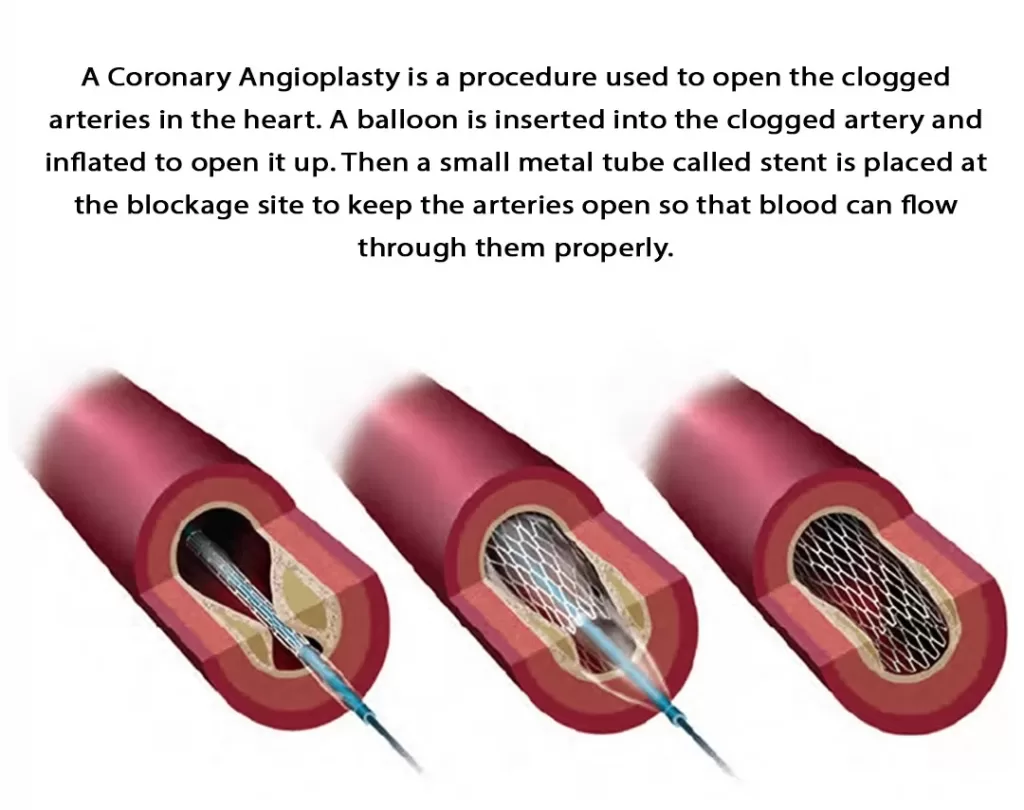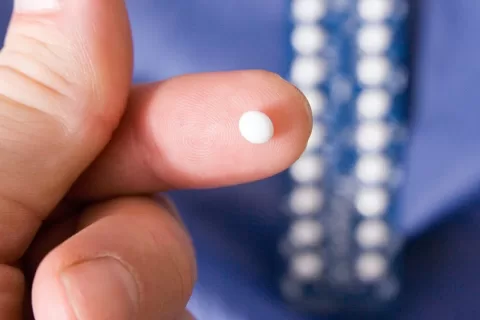Coronary angioplasty and stent insertion are transformative medical procedures designed to tackle blockages caused by coronary artery disease. This minimally invasive approach involves using a balloon catheter to expand narrowed arteries, allowing for improved blood flow and heart function. Following this dilation, a stent—a small mesh tube—is often placed to keep the artery open, preventing future blockages. With advancements like drug-eluting stents, which release medication to minimize the risk of restenosis, the effectiveness of these procedures has greatly improved. Understanding the recovery after angioplasty, including the importance of lifestyle changes and follow-up care, is crucial for patients aiming to enhance their heart health and overall well-being.
Percutaneous coronary intervention (PCI), often synonymous with coronary angioplasty, is a key procedure for treating narrowed or blocked arteries in the heart. This intervention not only alleviates symptoms associated with coronary artery disease but also plays a crucial role in preventing severe cardiac events. The technique typically involves balloon dilation of the affected artery, followed by the implantation of a stent, which may be bare metal or drug-eluting. Advances in stent insertion techniques have made these procedures safer and more effective, minimizing complications such as restenosis. As patients recover after angioplasty, understanding the implications of their treatment, including potential costs and necessary lifestyle adjustments, is essential for long-term health.
Understanding Coronary Angioplasty and Stent Insertion
Coronary angioplasty, also known as percutaneous coronary intervention (PCI), is a procedure that plays a crucial role in treating coronary artery disease (CAD). Patients suffering from CAD often experience blockages in their coronary arteries, leading to reduced blood flow and potential heart complications. Angioplasty involves the insertion of a balloon catheter into the blocked artery, which is then inflated to widen the artery and restore blood flow. This technique is often accompanied by stent insertion, where a small mesh-like device is placed within the artery to keep it open after the balloon is deflated and removed.
The procedure significantly enhances the quality of life for patients with CAD, providing immediate relief from symptoms such as chest pain and shortness of breath. It is essential for patients to understand the benefits and risks associated with coronary angioplasty and stent insertion, as well as the importance of post-procedure care to ensure optimal recovery and long-term success.
Frequently Asked Questions
What is coronary angioplasty and how does stent insertion work?
Coronary angioplasty, or percutaneous coronary intervention (PCI), is a procedure used to treat blockages in the coronary arteries. It involves the insertion of a balloon catheter that is inflated to widen the artery, and a stent—a small mesh device—is placed to keep the artery open. This procedure is crucial for patients with coronary artery disease (CAD) as it restores blood flow and alleviates symptoms.
What are drug-eluting stents and how do they differ from bare metal stents in coronary angioplasty?
Drug-eluting stents (DES) are coated with medication that is released slowly to prevent re-blockage of the artery after coronary angioplasty. In contrast, bare metal stents (BMS) do not have a drug coating and may have a higher risk of restenosis. DES are preferred due to their effectiveness in minimizing the chance of the artery narrowing again.
What can patients expect during recovery after angioplasty and stent insertion?
Recovery after coronary angioplasty and stent insertion is critical. Patients should follow a heart-healthy lifestyle, attend follow-up appointments, and manage medications as prescribed. Support from family and friends can also play a significant role in the recovery journey, helping individuals adapt to lifestyle changes.
What factors influence the cost of coronary angioplasty and stent insertion?
The cost of coronary angioplasty and stent insertion can vary based on geographical location, the healthcare provider, and the type of stent used (drug-eluting vs. bare metal). Patients should discuss potential costs with healthcare professionals and consider their insurance coverage and any financial assistance programs available.
What are the success rates for coronary angioplasty with stent insertion?
The success rates for coronary angioplasty and stent insertion range between 80% and 90%. Factors such as patient demographics, overall health, and the condition of the arteries at the time of the procedure can affect these outcomes. Continuous advancements in technology and techniques aim to improve these success rates.
| Key Point | Details |
|---|---|
| Definition | Coronary angioplasty, or PCI, is a procedure to treat blockages in coronary arteries. |
| Stent Types | 1. Drug-Eluting Stents (DES) – release medication to prevent blockage recurrence. 2. Bare Metal Stents (BMS) – no medication coating, higher restenosis risk. |
| Advancements | Improved stent placement techniques and ongoing research are enhancing effectiveness. |
| Restenosis | A potential complication requiring ongoing research and monitoring. |
| Recovery | Post-procedure care includes lifestyle changes, follow-ups, and medication management. |
| Cost Factors | Costs vary by location, provider, and stent type; insurance coverage is crucial. |
| Success Rates | Success rates range from 80% to 90%, influenced by patient health and technology. |
| Future Trends | Ongoing research includes bioresorbable stents to reduce long-term complications. |
Summary
Coronary Angioplasty and Stent Insertion are pivotal procedures in the treatment of coronary artery disease. These techniques not only alleviate symptoms but also significantly enhance patients’ overall quality of life. As advancements in stenting technology and procedural techniques continue, the medical community is working diligently to improve outcomes and minimize complications such as restenosis. With a focus on patient education, lifestyle modifications, and ongoing research, individuals undergoing these procedures can expect to receive comprehensive care tailored to their specific needs. Staying informed about the latest developments in Coronary Angioplasty and Stent Insertion is essential for optimal health management.
The content provided on this blog (e.g., symptom descriptions, health tips, or general advice) is for informational purposes only and is not a substitute for professional medical advice, diagnosis, or treatment. Always seek the guidance of your physician or other qualified healthcare provider with any questions you may have regarding a medical condition. Never disregard professional medical advice or delay seeking it because of something you have read on this website. If you believe you may have a medical emergency, call your doctor or emergency services immediately. Reliance on any information provided by this blog is solely at your own risk.








